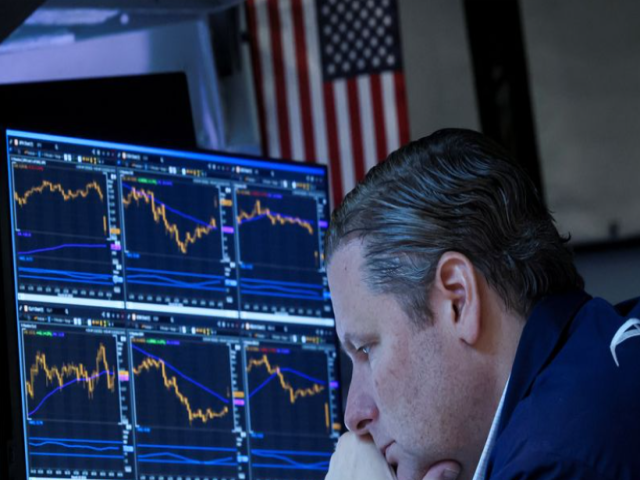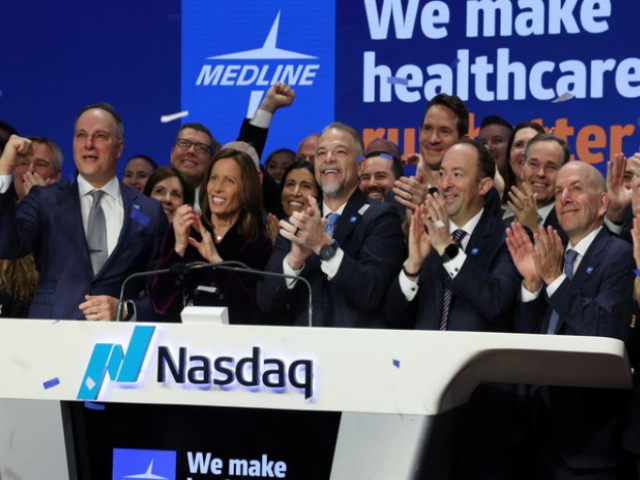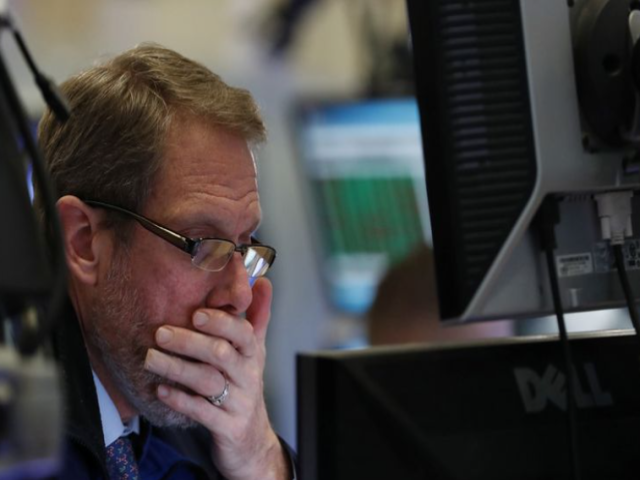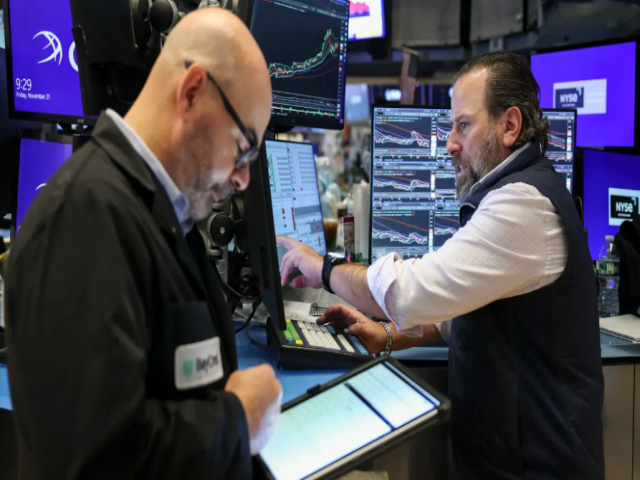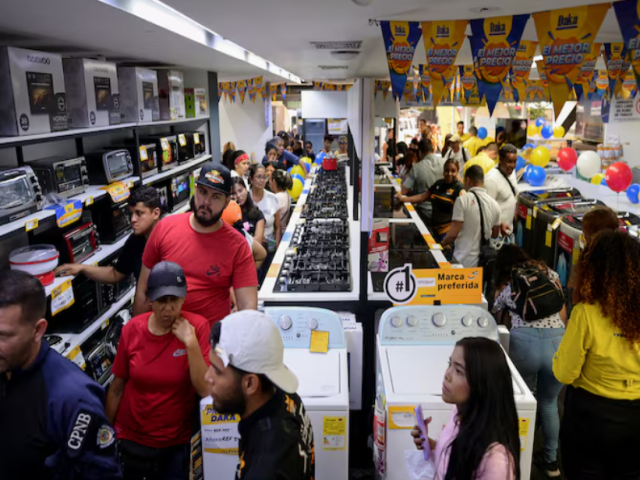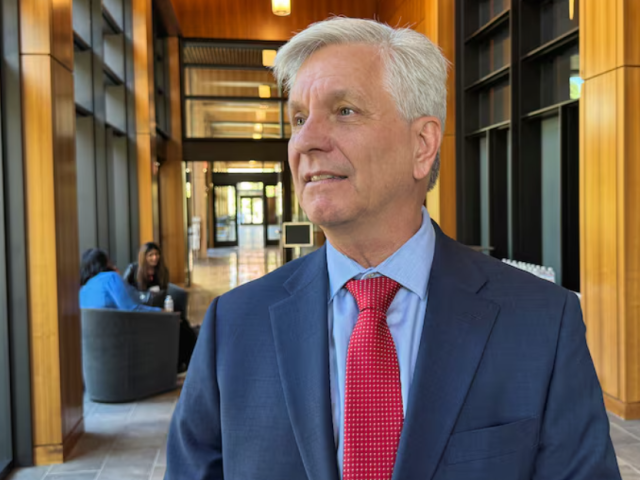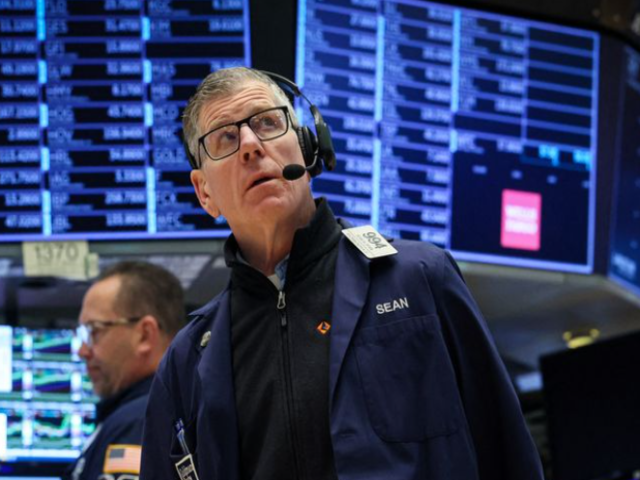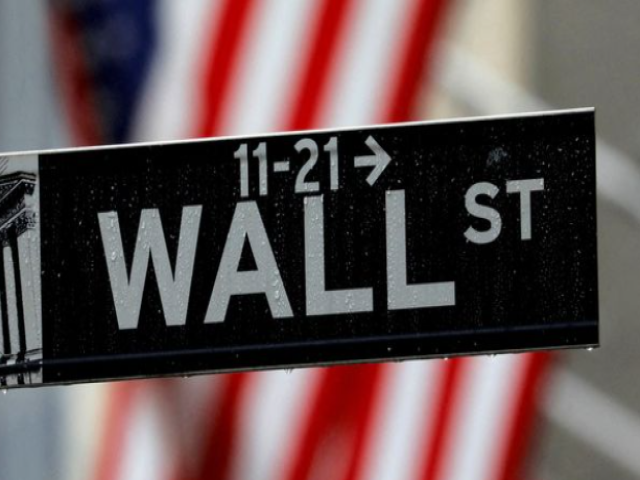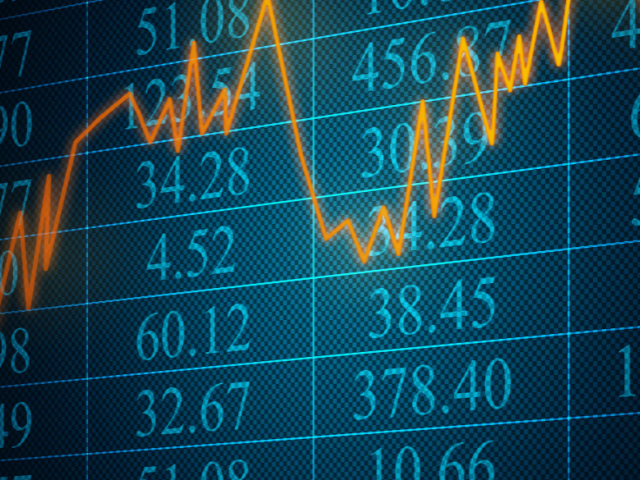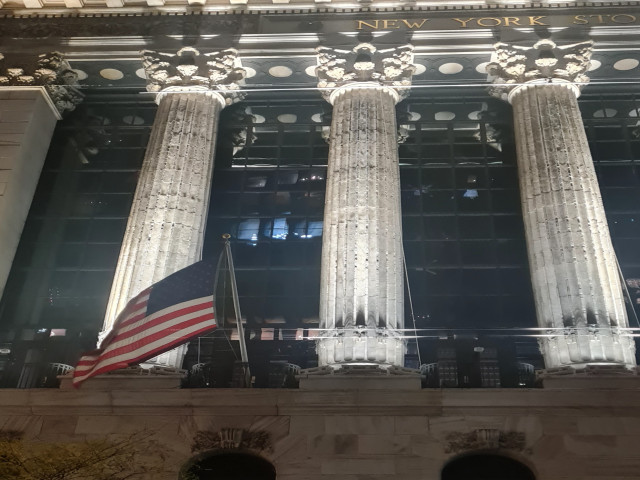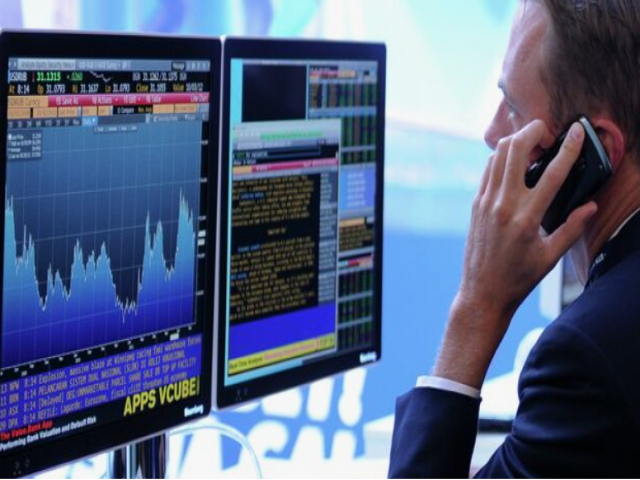23 Jun 2025
Tesla’s Stock Gains 8,2% Following Robotaxi Launch

Tesla's stock experienced a significant 8.2% surge on Monday, closing at $348.63, following the official launch of its highly anticipated robotaxi service in Austin, Texas. This rollout, utilizing a modest fleet of 10 to 20 Model Y vehicles, marks a pivotal moment for the company's ambitious autonomous driving strategy.
The service, currently confined to geofenced areas within Austin (excluding airport transfers), operates under a unique safety protocol. A Tesla employee acts as a safety monitor, occupying the front passenger seat, providing an additional layer of oversight beyond the existing remote driver monitoring system. This in-car monitor, however, is strictly observational, refraining from intervention or commentary during the ride. The introductory pricing model features a flat rate of $4.20 per ride.
Wall Street's initial reaction to the launch has been cautiously optimistic. RBC Capital Markets, for instance, characterized the basic framework as anticipated, emphasizing the novelty of the dual safety system – the in-car monitor coupled with remote driver backup. They highlighted this unique approach as a key differentiator. RBC maintains its bullish stance on Tesla's robotaxi prospects, estimating that autonomous driving technology could account for approximately 60% of the company's overall valuation.
The firm's analysts underscored the potential for a significant competitive advantage if Tesla can successfully demonstrate the scalability and safety of its camera-based system. This is particularly relevant considering the substantial financial struggles faced by many competitors who rely on expensive sensor suites.
The high operational costs associated with competing robotaxi services stem largely from the heavy reliance on lidar and radar systems, coupled with complex map-based software architectures. These technologies add significant expense to the development and operation of autonomous vehicles, frequently resulting in unsustainable business models.
Tesla's approach, heavily reliant on machine learning and a vision-only system, offers a stark contrast. Their strategy aims to equip vehicles with the decision-making capabilities of a human driver, relying on sophisticated algorithms to interpret and react to real-world driving scenarios. While the long-term viability of this approach remains uncertain, it represents a significant technological gamble with potentially enormous payoffs.
Wedbush analyst Dan Ives, after personally experiencing the Tesla robotaxi service in Austin, expressed significant enthusiasm. His firsthand account described the ride as comfortable, safe, and surprisingly personal, emphasizing the potential for a transformative shift in transportation. However, the limited scope of the current deployment raises crucial questions. The geofencing limits operational reach and the small fleet size hinders the assessment of scalability and robustness under varying conditions.
Furthermore, the long-term effectiveness of the safety protocols, particularly in handling unexpected events or complex driving scenarios, is yet to be fully proven. Future expansion plans, including the potential for wider geographical deployment and fleet size increases, will be crucial in gauging the true potential and viability of Tesla's ambitious robotaxi endeavor. The success or failure of this venture hinges on overcoming challenges related to scalability, safety, regulatory approval, and public acceptance.
